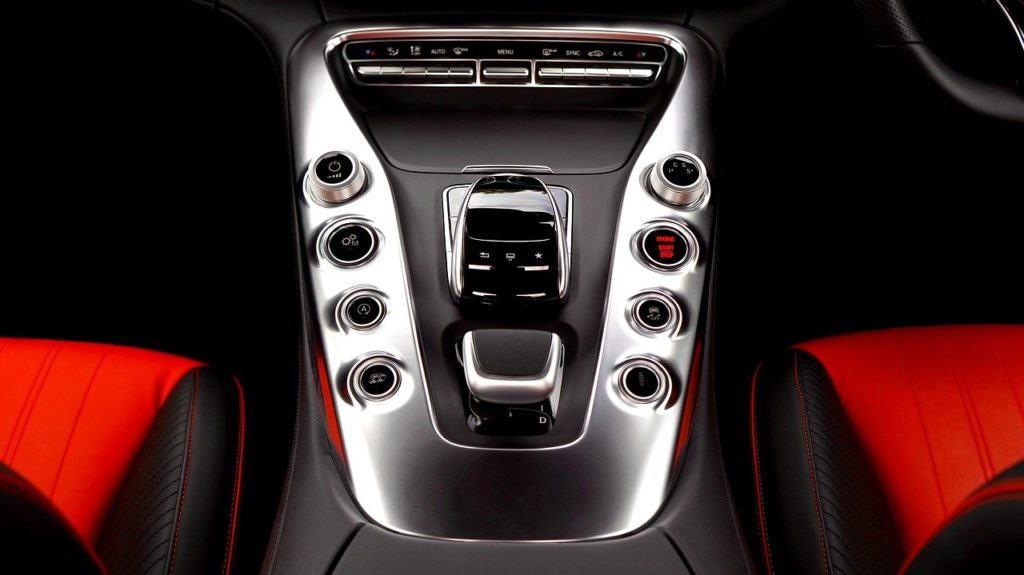All opinions are mine and mine alone.
There’s a great deal of freedom, and a real sense of accomplishment, that comes with passing your driving test and purchasing a car for the first time. That first drive you take as a truly independent road user is a wonderful experience. That said, it’s important to recognize that no one is truly independent on the roads. We all have to share the road with other drivers, and for that reason, it’s essential to consider your safety and how you maximize how protected you are on the roads. After all, you can be the safest driver around, but you can never truly account for how other people may behave on the roads.

A great way of increasing your safety, then is to drive a car that has all the safety provisions cared for. Enhancing your safety as a first-time road user means making sure you have everything that you need, that nothing is going to come in the way of your safe driving, and that you’re able to remain as perceptive as possible behind the wheel. In this post, we’ll discuss how to achieve that and more.
Without further ado, let’s get started:
A Full Vehicle Inspection
Investing in a full vehicle inspection can not only help you ensure that the vehicle is operational now (and legally roadworthy), but that there are no potential issues that might be cause for concern later. If that is the case, then at least you know what to replace or what you may have to replace later on and can budget for that. You can click here to schedule an inspection as necessary.
This way, a vehicle doesn’t have to take you by surprise, or rather, the chances of that happening are much lower than they could be. It will also help you understand the goings-on regarding the internals of your vehicle too, which is always a healthy habit to get into. Sure, you might not have the most technical mechanic or engineering knowledge, but knowing what the parts are and how they interface with one another can be good knowledge for any proactive driver.
Planning Your Routes
We can understand how new road users might want to just drive and keep driving, exploring their local environment and even getting lost from time to time. After all, GPS integration often means that no matter where you are, you can find your way back onto the roads that lead in the direction of familiarity.
But there’s something to be said for doing without your device and learning the roads, as well as planning how to get from A to B, as well as a backup route should traffic or weather lead one path to become less ideal. This way, even if your phone runs out of juice or you feel as if you’ve missed a turn, you can focus on re-establishing yourself back where you need to go. It will also help you feel closer to amenities you may need when encountering long-haul travel or trying to find a place for the first time.
Set Car Ground Rules
This is especially important for new drivers who may have agreed to carry their friends or younger relatives with them. Setting car ground rules will keep the driving environment safe and secure.
For instance, you may ask all passengers to make sure that they do in fact belt up, that they don’t cause a commotion and distract you from driving, that they don’t drink or smoke within the vehicle, and that they don’t mess with your dashboard or turn the music up too loud so you can’t think or pay attention to the road. This sounds quite simple, but the excitement of driving and bringing people around with you can sometimes work against you when you’re trying to develop good road habits.
Proper Safety Equipment
It’s good to integrate the proper safety equipment you may need ahead of time. For some, this means applying tires with more tread thanks to living in a more rural environment and driving through it on a day to day basis. For others, it might mean placing a snow or sun shield on the car.
If you’re a parent, then measuring up and applying brand new child safety seats is also essential, to make sure that your baby is secured as well as they can possibly be without any form of drift or movement at all when the car is in motion.
Safety equipment can also mean having a pair of driving glasses and prescription sunglasses, or wearing transition lenses that can do both at once. Safety equipment of this nature can keep you protected on the roads for your unique requirements without taking away from how easily you can focus on the cars in front of and behind you.
A Dashcam Is Essential
A dashcam is perhaps one of the most important investments you can make in a vehicle. Not only can it help protect you against false accusations of improper driving, but it will help you record, in almost perfect clarity, the effects of bad actors on the road in front of you. Dashcams can provide perfect evidence of an accident that may not have been your fault, or proof that you didn’t actually run a red light, for example.
Calming Strategies
One personal measure to manage when behind the wheel is the capability of controlling your own emotions. This is because road users aren’t always polite, or safe, or considerate. You will be cut up in traffic, you will, someday, see someone take a risky turn or pull out without indicating to you their intentions.
Unfortunately, getting angry in response to this prevents you from getting out of the situation capably, and sometimes, an issue like this can escalate to a dangerous degree. Don’t let that happen. Breathing e exercises can make a massive difference in this regard, as can slowly counting to ten. It might sound silly now, but if you integrate this habit, you may even save a life on the roads. Being calm and observant is quite literally the most important element of safety behind the wheel, so preserve that state at all costs.
With this advice, we hope you can enhance your safety as a new road user through and through.



Speak Your Mind